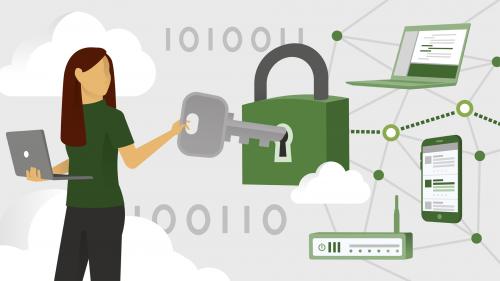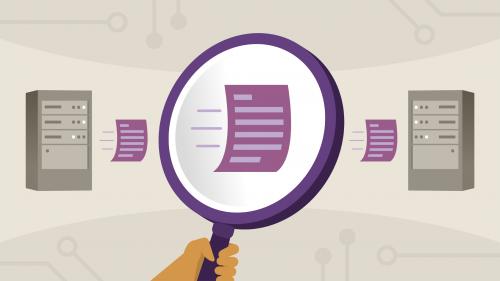


English | 1.5hrs | Video: 720p
Websites and web applications are—by their very nature—accessible remotely, which puts them at high risk of cyberattacks. Knowing how to detect and prevent web attacks is a critical skill for developers and information security professionals alike. In this course, find out how to test your sites and applications for weaknesses. Cybersecurity expert Malcolm Shore examines the various parts of a web application and introduces the Open Web Application Security Project (OWASP), which provides documentation, tools, and forums for web developers and testers. He also provides an overview of popular testing tools, including Burp Suite and OWASP ZAP. Learn how to use these utilities to run basic and advanced tests, and protect sites against common attacks.

https://www.lynda.com/IT-tutorials/Ethical-Hacking-2019-Complete-Malware-Analysis-Process/5043083-2.html
The key to effectively protecting your systems is understanding the attacks you have to defend them against. This course introduces the different types of malware (malicious software) that can be used to exploit a target computer. It covers viruses and worms—malware which can propagate itself onto other computers through removable media or networks—as well as Trojans and backdoors. Instructor Malcolm Shore explains where malware hides, and how you can detect it to protect your networks and systems against cyberattack. He reverse-engineers malware so you can see how it operates, and explains how attackers create malware using automated malware construction kits called “botnets.” Along the way, Malcolm introduces malware analysis tools that are useful for the career of any IT professional.


Ethical Hacking: Cloud Computing
English | 1h 47m | Video 720p | Subtitles
Cloud resource hardening and monitoring goes a long way in mitigating cloud-based attacks. In this course, which maps to the Cloud Computing module in version 10 of the Certified Ethical Hacker (CEH) exam, instructor Daniel Lachance explores how to evaluate and harden cloud-deployed resources. Daniel covers how cloud computing relates to the different phases of ethical hacking, as well as common threats that affect cloud computing environments. He also goes over cloud identity management, keeping your IT systems running in the cloud even in the event of an attack or security breach, using artificial intelligence (AI) and machine learning (ML) to identify anomalies that might indicate that your system is compromised, and more.



































